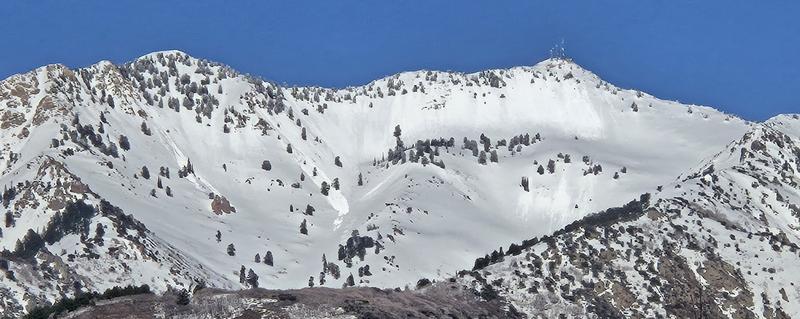Forecast for the Ogden Area Mountains

Issued by McKinley Talty on
Tuesday morning, April 8, 2025
Tuesday morning, April 8, 2025
Overall, the avalanche danger is LOW, and normal caution is advised. Natural and human-triggered avalanches are unlikely, watch for unstable snow in isolated or extreme terrain.
Slightly cooler temperatures compared to yesterday and strong winds should keep wet snow problems at bay. However, solar radiation, whether from brief periods of strong sunshine or from greenhouse effects where heat is trapped beneath thin cloud cover, may increase the potential for wet loose avalanches on east, south, and west-facing slopes, where the danger could rise to MODERATE.
Practice safe travel protocol and keep an eye out for damp snow and roller balls, which are signs to head for shadier slopes.
Forecast reviewed and approved by Nikki Champion

Low
Moderate
Considerable
High
Extreme
Learn how to read the forecast here








